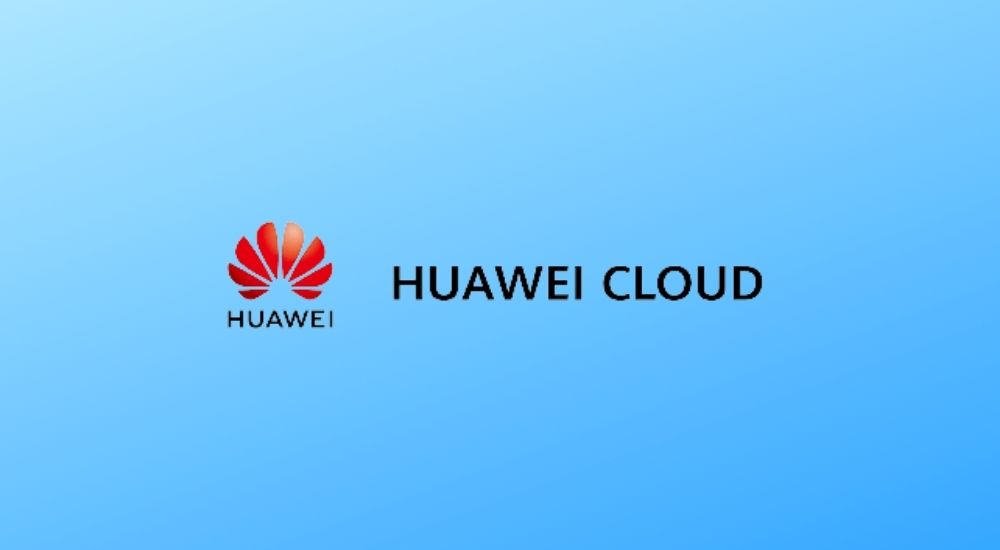Huawei Cloud has become the fastest-growing cloud provider in the Asia Pacific (APAC). The tech giant is also releasing the Huawei Cloud Region in Indonesia later this year.
The Asia-Pacific Digital Innovation Congress 2022 opened in Singapore on May 19. At the event, Huawei, with the ASEAN Foundation, discussed the digital economy and industry innovation with customers, experts, scholars, and analysts.
At the “cloud service” industry forum, Jacqueline Shi, President of Global Marketing and Sales Service of HUAWEI CLOUD, delivered a keynote speech.
In 2021, HUAWEI CLOUD released its latest strategy, “Dive into digital with Everything as a Service.” “Everything” includes Huawei’s vision and understanding of the industry. In the past, when we talked about cloud services, most people know about IaaS, PaaS, and SaaS. Most of the time, they were presented from the perspective of a technology provider. Digital transformation in many industries, however, requires not only technologies and resources, but also experience, services, ideas, and everything that can be shared.
Do read: Huawei Releases 2021 Annual Report, YoY Profit up by 75.9%
30 years of continuous growth of Huawei
In the last 30 years, Huawei has earned extensive trust from customers and partners in the carrier and enterprise markets. For this, the company has complied with its principles of “good service, good quality, quick response to customer requirements, technological innovation to create customer value, and win-win cooperation with ecosystem partners.”
Huawei Cloud also runs with the same virtue. It thus steadily continues to build trustworthy and innovative cloud services “in Asia-Pacific, for Asia-Pacific.” Meanwhile, Zeng Xingyun, President of HUAWEI CLOUD Asia-Pacific, reviewed HUAWEI CLOUD’s rapid growth in 2021. He then discussed its merits in localized services in the region.
Zeng pointed out, “There are six strategies of Huawei CLOUD in Asia-Pacific. In terms of industry strategy, we focus on “Infrastructure as a Service, Technology as a Service, and win-win with ecosystem partners” to continuously improve the core competitiveness of Huawei Cloud. In terms of market strategy, we focus on ‘Dive into digital transformation, accelerate cloud-native and business innovation, and build the best 2B services’ to continuously create value for customers.” Also read: Huawei working on 5.5G, for more 5G potential
The steady rise of Huawei Cloud
Huawei Cloud came into operation in Asia-Pacific in 2018. After 4 years, it has climbed to No.2 in China, and No. 3 in Thailand. Meanwhile, it has risen to No. 4 in developing markets in the Asia-Pacific. That makes it the fastest-growing cloud provider among the top 5 frontrunners in the region.
Likewise, Huawei Cloud Region has been launched in Hong Kong (China), Singapore, Thailand, and Malaysia. The company says the service will also go live in Indonesia this year. It will have access points to deploy in countries like the Philippines, Vietnam, India, Japan, and South Korea.
In 2022, Huawei will launch more services in the region. This includes global network acceleration service (GA), real-time audio and video service (SparkRTC), and software development production line (DevCloud). Similarly, the company will launch the financial distributed database GaussDB (for openGauss) this year. These services will help improve the competitiveness and efficiency of the cloud service in the region.
Don’t miss: Finding the Right Hybrid Cloud Service Provider
Huawei Cloud Services
- Real-time audio and video cloud service (SparkRTC): Cross-continent latency < 200 ms
- Global Network Acceleration Service (GA): Reduces cross-country access E2E latency by 50%, satisfying service needs like real-time competitive gaming.
- DevCloud: Based on Huawei’s 30-year R&D practices, DevCloud is used by over 100,000 R&D workers on a broad scale.
- GaussDB (for openGauss): A financial-class distributed database, which has been verified on a large scale in the most demanding scenarios.
So far, Huawei Cloud has spanned 27 regions, 65 AZs (Availability Zones), and boasts 2,800 CDN nodes worldwide. Meanwhile, it also cooperates with 6,000+ partner applications and service customers in a range of industries. This totals 170 countries and regions, with 220+ cloud services and 210+ solutions contributing to global digital transformation.













